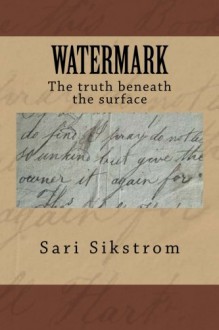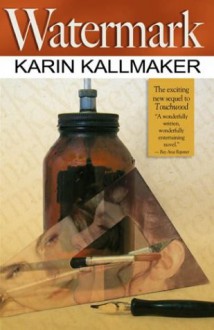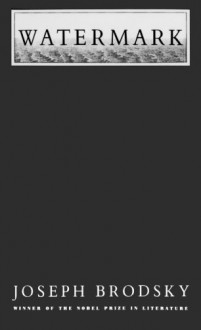Za górami, za lasami, za siedmioma polderami jest miejsce, gdzie handluje się używanymi e-bookami. Holenderski serwis Tom Kabinet wziął sobie do serca sądowe rozstrzygnięcia (nawet zanim one zapadły), zrównujące e-booki z książkami papierowymi. Skoro książki papierowe i elektroniczne mają mieć taką samą stawkę VAT... Skoro jedne i drugie można wypożyczać w bibliotece... Skoro można odsprzedawać używane książki papierowe, to dlaczego nie e-booki? I tak w 2014 roku narodził się Tom Kabinet, czyli serwis umożliwiający Holendrom odstępowanie i nabywanie używanych e-booków.

Tom Kabinet - e-booki z drugiej ręki (źródło: https://www.tomkabinet.nl)
Takie podejście odzwierciedla stanowisko, z którym można się spotkać również w naszym kraju. Przy okazji dyskusji, pod wpisem na Świecie Czytników na temat stawki VATu na e-booki, można zobaczyć m.in. taki komentarz: „Pewnie, że liczy się treść, ale książkę papierową możesz pożyczyć czy sprzedać, a e-booka nie. Jest to różnica, którą powinna odzwierciedlać cena.” (Rudzielec). No więc Holendrzy mają już „w tym temacie” pewne propozycje, choć także wciąż o tym dyskutują (również w sądzie).
Jak działa Tom Kabinet?
Tom Kabinet jest legalnie działającym pośrednikiem. Model funkcjonowania stopniowo ewoluował (jak to wyglądało w 2015 roku, przeczytać można we wpisie na stronie Świata Czytników) , a teraz w skrócie rynek „e-booków z drugiej ręki” wygląda tak:
- pierwotny użytkownik musi posiadać legalnie zakupionego e-booka (EPUB bez DRM);
- książka może pochodzić z holenderskich księgarni: bol.com, blz.nl, boeken.com, kobobooks.nl, tomkabinet.nl lub ebook.nl;
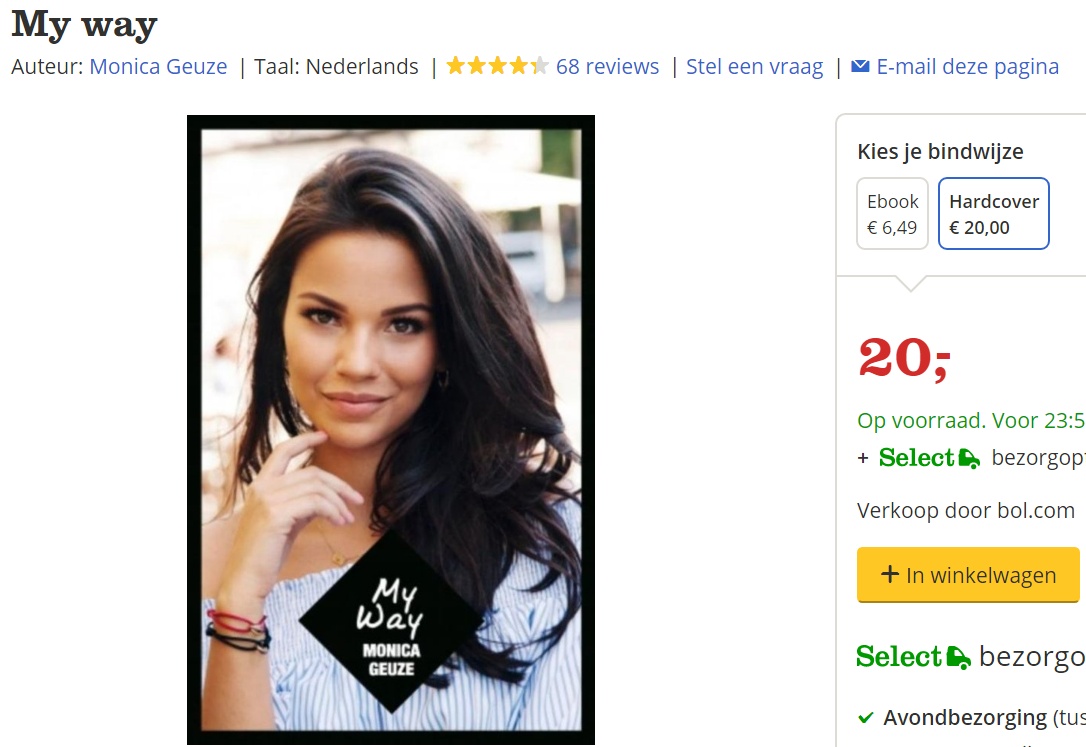
Na przykład za odstąpienie serwisowi Tom Kabinet e-booka "My Way", z drugiego miejsca listy najlepiej sprzedawanych książek, można otrzymać 100 punktów (źródło: https://www.bol.com)
- prawa do e-booka (wraz z odsyłaczem kierującym do pobrania pliku) przekazuje serwisowi Tom Kabinet;
- przekazując prawa do e-booka, pierwotny użytkownik usuwa ze swoich zasobów pobrany plik książki elektronicznej;
- Tom Kabinet nadaje książce swój własny znak wodny (ang. watermark);
- za odsprzedaną książkę Tom Kabinet przyznaje „kredyty”;
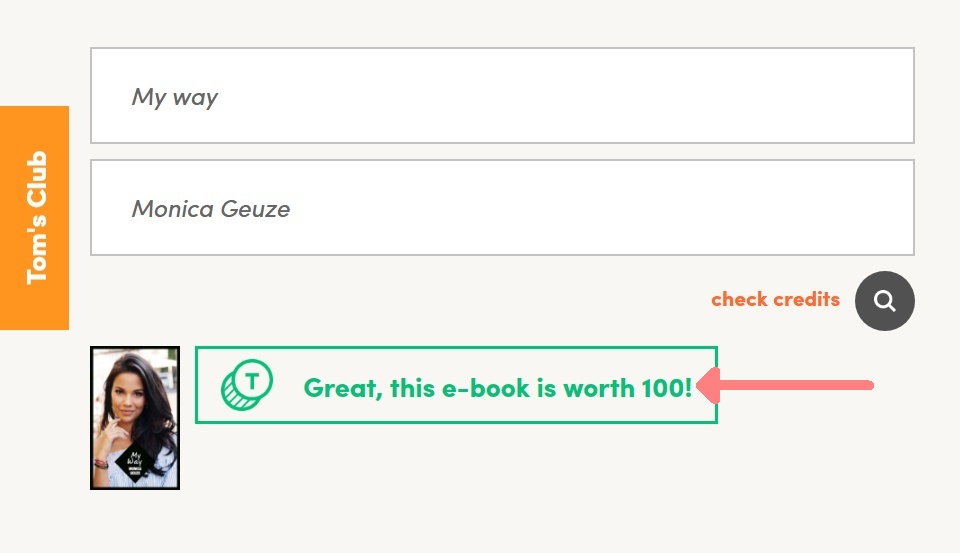
"Wartość" kredytową każdej książki można sprawdzić, przed jej odsprzedażą (źródło: https://www.tomkabinet.nl/)
- ilość kredytów przyznawanych za konkretny tytuł jest wskazywana przez Tom Kabinet;
- „kredyty” można otrzymywać (do 100 kredytów za każdego odstąpionego e-booka) lub kupować (25 w cenie 1,25 EUR), nie można ich spieniężyć;
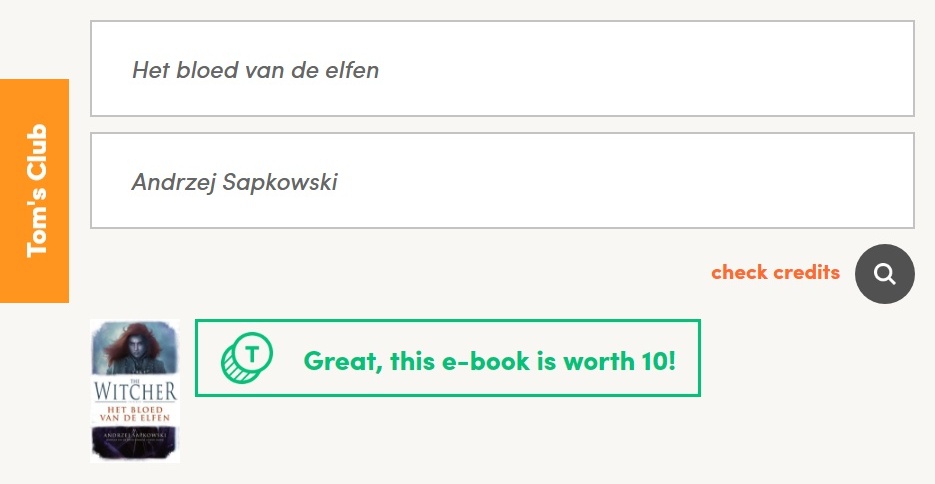
Za starsze książki (np. Sapkowskiego) ilość kredytów jest mniejsza (źródło: https://www.tomkabinet.nl/)
- za książki wystawione w serwisie można płacić „kredytami” przyznawanymi wcześniej przez Tom Kabinet plus 2 EUR prowizji dla serwisu i 0,25 EUR prowizji za transakcję bankową;
- z każdej sprzedanej książki serwis rezerwuje 0,5 EUR na rzecz autorów/wydawców.
Nie logowałem się do serwisu, więc mogło mi coś umknąć.

Cena e-booków w Tom Kabinet, to 2 EUR plus odpowiednia ilość "kredytów" (źródło: https://www.tomkabinet.nl/)
Podsumowanie
Holenderscy wydawcy nie są zadowoleni z działalności Tom Kabinet. Co więcej, sąd w Hadze, w wyroku z 12 lipca 2017 roku, nie zamknął (nawet tymczasowo) serwisu. Jednak decyzją holenderskich sędziów, sprawa (o sygnaturze C/09/492558 / HA ZA 15-827) ma trafić jeszcze w sierpniu do Europejskiego Trybunału Sprawiedliwości. Holenderscy wydawcy skupieni w Nederlands Uitgeversverbond i Groep Algemene Uitgevers spotkają się więc z Tom Kabinet ponownie w Luksemburgu. Rozstrzygnięcie tej kwestii może mieć wpływ na rynek e-booków w całej UE. Podobnie było już w przypadku innego zapytania skierowanego z Niderlandów („E-book to książka – można ją wypożyczać tak samo jak wersję papierową”). Czy tak będzie i tym razem?

 Log in with Facebook
Log in with Facebook 
